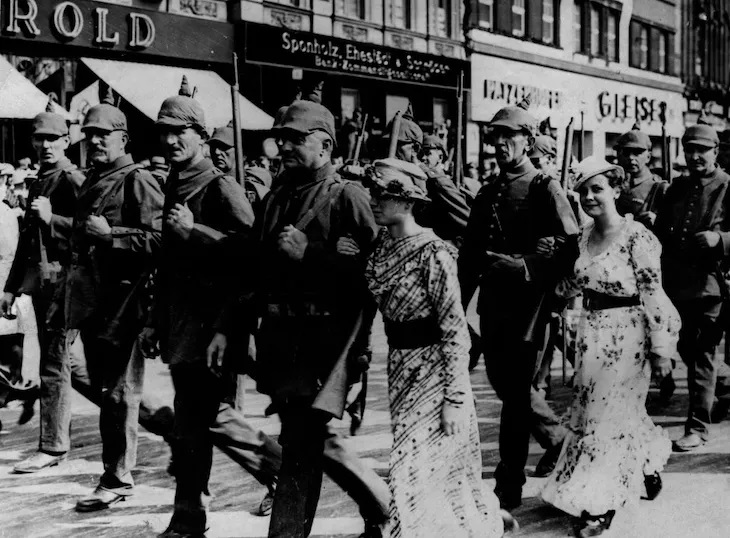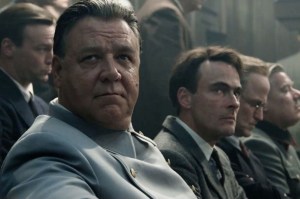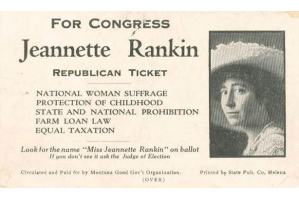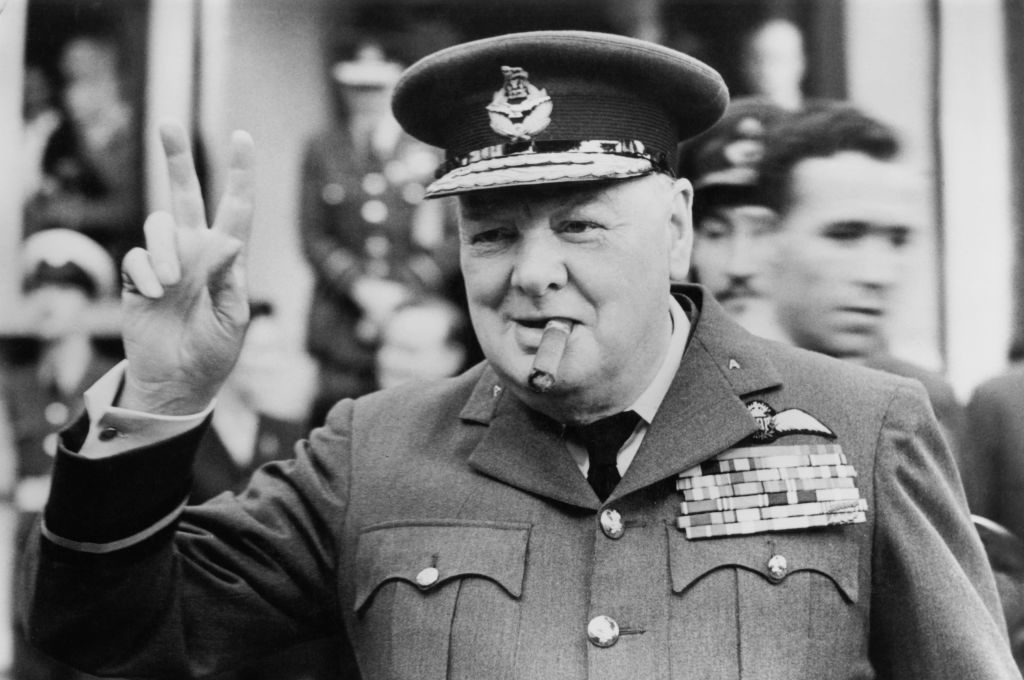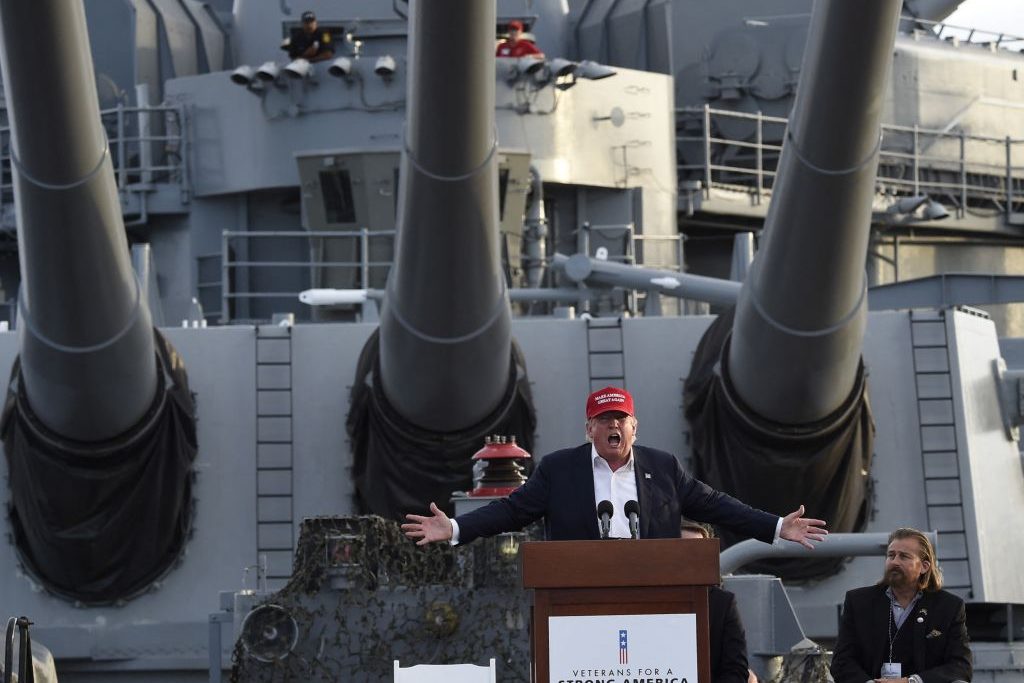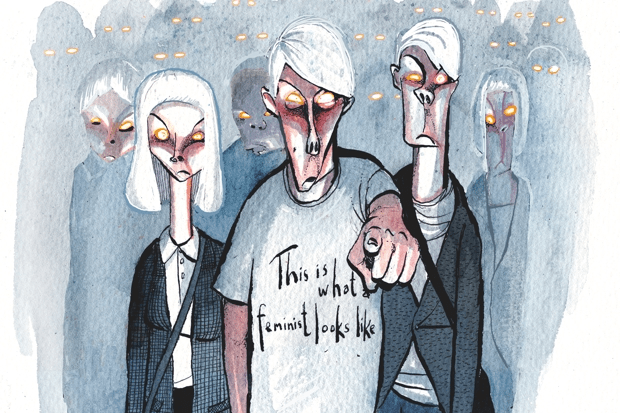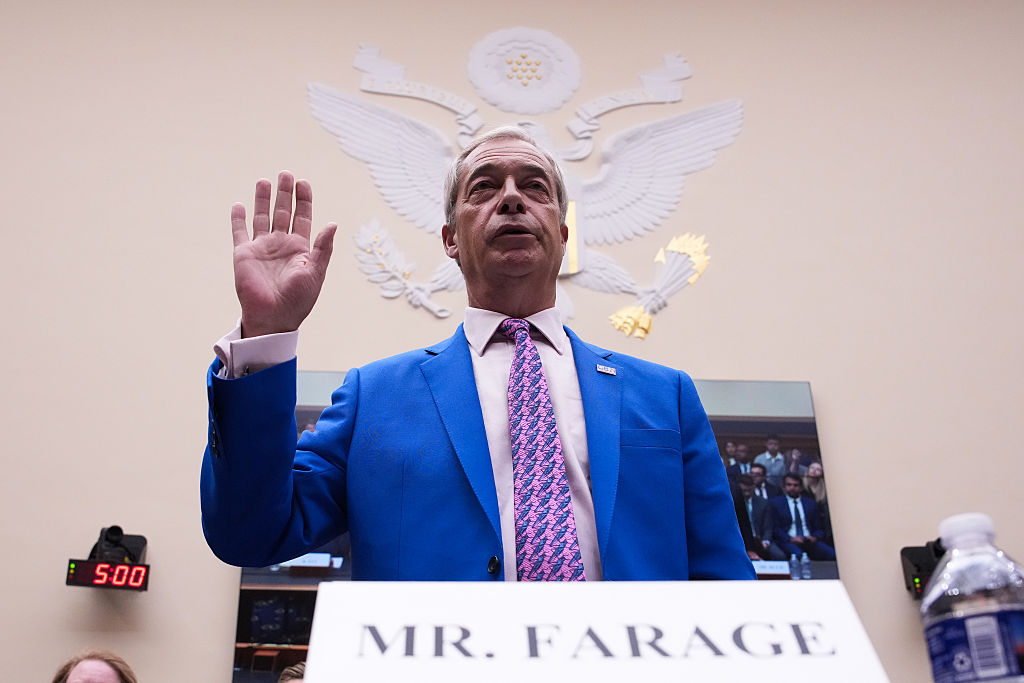Wars begin and end in controversy. The war that ended 106 years ago today with the armistice of November 11, 1918 carried the germ of controversy before it even broke out. Prior to Britain declaring war on the German Empire on August 4 the Germans rushed into print their “White Book” of diplomatic documents on the war’s causes revealingly titled: How Russia and her Ruler betrayed Germany’s confidence and thereby made the European War. The day after war began Britain responded with its “Blue Book,” followed by the Russian “Orange Book,” the Belgian “Gray Book” and the French “Yellow Book” at the end of November 1914, entitled “How Germany forced the War.” By the summer of 1915 the Austrian “Red Book” served up their version. Resorting to “colored books” was nothing new. But this war of self-justificatory diplomatic documentary “evidence,” with its skillful selection, expurgation and elision of texts, was on a grander scale than ever before.
The stakes in the Kriegsschuldfrage, or war guilt question, were extremely high
Prolongation of the physical war and the war of words went hand in hand. All sides invoked the “verdict of history” to apportion blame to the war’s “guilty authors.” Intellectuals, writers, journalists and professors defended their nation’s innocence and their enemy’s guilt. This was furthered by the war-time development of modern professional government propaganda machines to shape opinion and justify the enormous sacrifices from soldier and civilian.
If the stakes in the causes of World War One were high from its outbreak — linked as they were to national honor, national sacrifice and ultimately victory — they were to be raised still further at the war’s end, as the Ukraine war too will demonstrate. All nations seek to justify their participation and apportion responsibility for the wars they participate in. But the Versailles Peace Treaty was unprecedented in including an article, 231, which lay sole responsibility for the outbreak of the war with Germany and her allies — the so-called “war guilt clause.” This clause became the justification for the reparations Germany was to pay, which contrary to received opinion were not excessive and merely proportional to the sums Germany had forced France to pay following the 1870 Franco-Prussian War. It followed that if Germany could show that she was not solely to blame for the war she could challenge the validity of Article 231 and with it the payment of reparations. This she set out to do.
On the victors’ side, the notion of shared responsibility quickly developed, largely inspired by President Woodrow Wilson’s contention that everyone was a victim of the international system and its secret treaties. This was music to Germany’s ears and a fillip for the revisionists. It was abetted by British war-time leader David Lloyd George’s contention that: “The nations slithered over the brink into the boiling cauldron of war.” The ground for revisionism was prepared.
The stakes in the Kriegsschuldfrage, or war guilt question, were extremely high. Germany began a campaign to undermine Article 231. A special office was created in the German foreign office — the “War Guilt Section.” It organized, financed and directed two other units. The “Working Committee of German Associations for Combating Lies concerning War Responsibility” provided the “right” literature and information to journalists, political parties and trades unions. Its stable mate was the “Center for the Study of the Causes of the War,” created in 1921 and which from 1923 published the influential monthly journal Die Kriegsschuldfrage, edited by an established historian. This is where the “serious” historical work was done to demonstrate the inaccuracy of Article 231 by “sponsoring” editors, publicists and academics in the “cause of patriotic self-censorship.” These units provided much of the impetus for the “revisionist school,” which in the 1920s dominated international historical writing on the war’s origins, successfully displacing much of the blame from Germany. Revisionism was aided by none other than the British economist John Maynard Keynes, whose dalliance with a German banker may have clouded his judgement when writing the pro-German and highly influential bestseller The Economic Consequences of the Peace.
This was fertile ground for German propaganda. Layer upon layer of myth and counter-myth, truth and lies, clouded and troubled even serious historical debate. Unlike the outbreak of World War Two, where cause and responsibility were clearer and less contested, the history of the origins went through cycles of revisionism and post-revisionism. Viewed as a trend over the 110 years since its outbreak, responsibility for the conflict has never stayed firmly fixed and no single country been squarely and permanently nailed, even if the consensus has been that Germany bore primary responsibility.
This article was originally published on The Spectator’s UK website.



